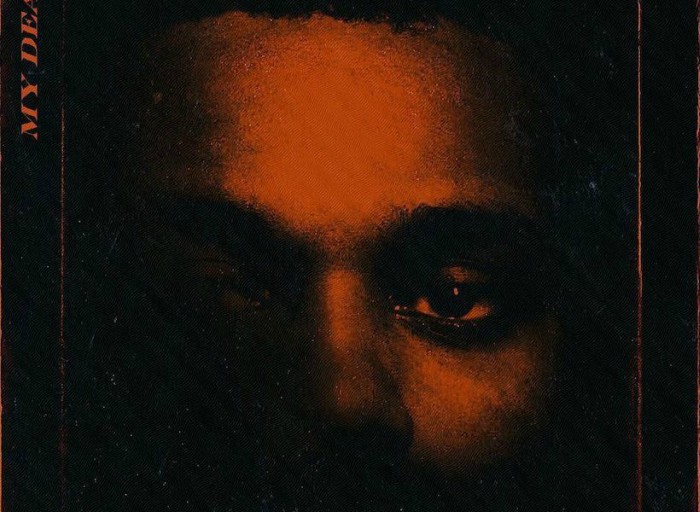Only 16 months after his last album, Starboy, The Weeknd, whose real name is Abel Tesfaye, surprised fans by dropping a 22-minute, six track EP, My Dear Melancholy (MDM). Aside from cryptic social media posts, the project went practically unannounced until Tesfaye posted the cover artwork to his Instagram account on March 29.
After the upbeat, 68-minute Starboy, which saw Tesfaye continue his transition into a bona fide pop star, MDM is a dive back into his shadowy R&B roots. Sonically, the album is dark and atmospheric, a deviation from the shimmering pop hits fans have become accustomed to. The production is superb, with collaborators that include Mike WiLL Made-It, Skrillex, Guy-Manuel de Homem-Christo (of Daft Punk), Frank Dukes, and Gesaffelstein.
Lyrically, MDM explores new thematic territory for the artist. As the title suggests, it is a downbeat listening experience, although not in the way Tesfaye’s music has traditionally been. It is a moody and bitter trek into a post-breakup universe, and is clearly inspired by his recent split with singer Selena Gomez. Virtually every track on the project deals with a terminated romance in some capacity, with variation only in his approach: At times, Tesfaye dishes out shade, while on other tracks he begs for his ex-lover to take him back—presumably the other love interest in his life, model Bella Hadid.
The opener, “Call Out My Name,” features a murky, haunting piano melody, flaunting Tesfaye’s powerful vocals and trademark falsetto, and lyrically does everything but name drop Gomez.
“Try Me” speeds up the rhythm, as uptempo drumbeats drive the song. Synths overlay everything, as Tefaye tries to persuade an old flame to “try [him]” again. On “Wasted Times,” the style maintains the EP’s nocturnal mood, but incorporates elements of dubstep. Skrillex’s involvement on the track is obvious, but only works to complement Tesfaye’s approach to the track.
“I Was Never There,” and “Hurt You” are the only tracks to feature another artist, namely Gesaffelstein in a non-vocal contribution, but they sound like two sides of the same coin. The underlying music is lush and complex, but Tesfaye’s singing is comparatively forgettable—his voice seems drowned out by everything else going on.
The album closes with “Privilege,” a sleek track on which Tesfaye parts with an ex-lover and promises a change-up. He croons, “I’ma drink the pain away, I’ll be back to my old ways,” in the same mood that defined his early EPs.
The project is a solid contribution to Tesfaye’s discography. Occasionally, the lyrical content marks a shift toward more heartfelt subject matter. Glimmers of real emotion are embedded in every track—a far cry from the drugged-up zombie on his earlier projects—reflecting Tesfaye’s artistic evolution.
But, as an individual who has prided himself on being a villain in the past, it is often difficult to empathize with Tesfaye on MDM. Fans who were introduced to him on House of Balloons(2011) remember him as a sociopathic, pill-popping sex machine, making his pleas to his former lover sound disingenuous. This is exacerbated by his petty and sometimes antagonistic lyrics: “Cause if it’s love you want again, don’t waste your time/ But if you call me up, I’m fuckin’ you on sight” he sings on “Hurt You.”
MDM is worth a listen. The songs feature excellent production, and Tesfaye’s trademark vocals don’t disappoint, despite the problematic lyrics. At the end of the day, the EP makes for excellent break up music. If anything, MDM shows Tesfaye’s ability to dip his toes into other styles, and it will be interesting to see what musical direction he takes next.








